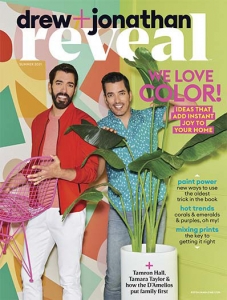In Blogging for Business, Data is a Commodity, But Insight is Gold
Writing in the Indianapolis Business Journal, Samantha Julka recalls a professor telling her that “Data is a commodity; it’s the insight that’s gold.” Anyone can create a survey and a pivot table, Julka observes…but real researchers pull insights! When numbers are tossed around, people generally view it as vital information, she says, but people may not know what to do with that information. As a consumer, Julka points out, I don’t want to read raw data; I want someone to tell me what the data means. The really juicy stuff, she says, makes people think and helps them make decisions.
Oh, so true, as I’ve been teaching at Say It For You. Citing statistics and other data is certainly one tactic I teach Indianapolis blog content writers to use as a way to capture readers’ attention. But my own experience as a business blogger has shown me that statistics, even the startling sort, aren’t enough to create positive results for any marketing blog.
In fact, the ultimate success of any blog marketing effort depends on readers taking action. In that realm, blogging has one enormous advantage over traditional “push marketing” tactics, in that it delivers information to visitors who are already interested in a particular product or service. Still, that’s not enough.
The blog content needs to address the “So what?” within the data, so that the statistics and facts not only are true, but feel true to your online visitors. In a way, I realize in retrospect, my own years of experience crafting messages for different businesses and professional practices might very well fall under the job descriptor “translator/interpreter”.
Whether it’s business-to-business blog writing or business-to-consumer blog writing, the blog content itself needs to use opinion to clarify what differentiates that business, that professional practice, or that organization from its peers. In other words, blog posts will go from information-dispensing to offering the business owner’s (or the professional’s, or the organizational executive’s) unique perspective on issues related to the search topic.
Several years ago, I read about a study performed at the University of Pennsylvania, in which participants were divided into three groups. Each individual was given $5 which they could choose to donate to a certain charitable organization after they learned more about it. A presentation was made to each group. Group A was given all kinds of statistics about the charity – size, budget, staff, funding sources, etc. Group B heard a story about a young girl who was helped by that organization. Group C was given both data and the story. Which group ended up donating the largest amount? You guessed it – the one that had heard the story, because the story gave meaning and insight into the data.
In blogging for business, data is a commodity, but insight – well, that’s gold!






Follow us online!